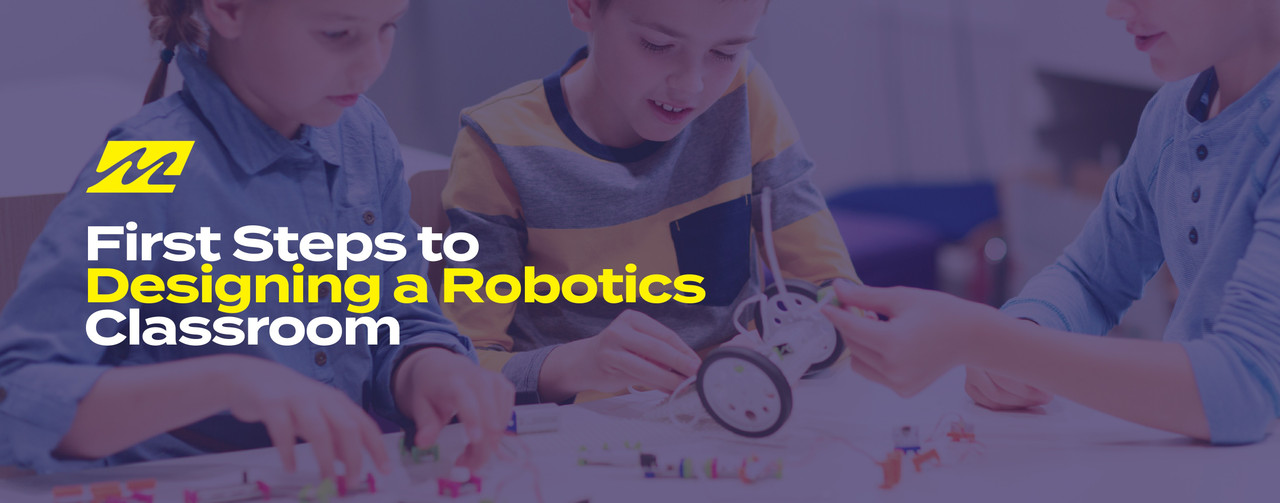Robotics education gets students actively engaged in their own learning. They’re working with others and manipulating tools to gain valuable STEM skills for future careers.
Creating a space for students to explore robotics and build these skills will be a beneficial addition to your school. With these 5 steps, you’ll have a robotics classroom that sparks creativity, problem-solving, and collaboration.
1. Know Your Goals
Before you can design a layout and choose robotics furniture, you’ll first need to develop the goals of your program. Are you planning to teach the basics to beginners, or will this be a more advanced classroom? Perhaps you want the classroom to accommodate a variety of skill levels as students expand their knowledge. Knowing who will be using the space will help you choose the right equipment.
2. Measure Your Space
In an ideal setup, you’ll have plenty of room for various workstations, storage, and demonstrations. When this isn’t possible, you’ll have to be more creative with your classroom. Look for mobile furniture and storage units, or those that can serve multiple purposes. For example, tables with additional outlets help provide the necessary power supply that’s probably not accessible with the wall outlets and power strips alone.
3. Research Equipment
When choosing your robotics equipment, consider your goals again. For beginners, all-in-one kits are a great place to start when learning the basics. For more advanced programs, you’ll want to choose more high-tech equipment or industrial-level robots to study. You may also need accessories such as computers, sensors, microcontrollers and programming software. The practice and storage space for all these supplies should be accounted for in your layout.
4. Consider Versatility
Robotics education requires students to work collaboratively, so multi-purpose workstations are a necessity. Look for tables with raised lips on the perimeter to prevent robots and tools from falling off. Workstation bases can provide plenty of room for storage of backpacks, extra parts, and tools. Adding casters to a workstation makes it easy to move around and rearrange your room to accommodate larger projects or smaller class sizes.
5. Plan for Storage
Tools and supplies for robotics can quickly clutter a classroom, leading to damage and loss or theft of items. An organized storage solution helps keep the space neat while ensuring you retain your expensive equipment. Large cabinets are ideal for storing robots and in-progress work. Trays, totes, bins, and drawers are an efficient way to manage tools, supplies, and other small parts that are otherwise easily lost. Always keep in mind the quantity, size, and future of your robotics program when choosing your storage solutions.
Robotics Education for the Future
Not only is a robotics education cool and exciting for students, it also helps nurture critical 21st century skills for their future success. By creating a dedicated robotics classroom, you equip these students with the tools and confidence they need to become our ultimate innovators.
Contact us today for help designing your own robotics classroom.

